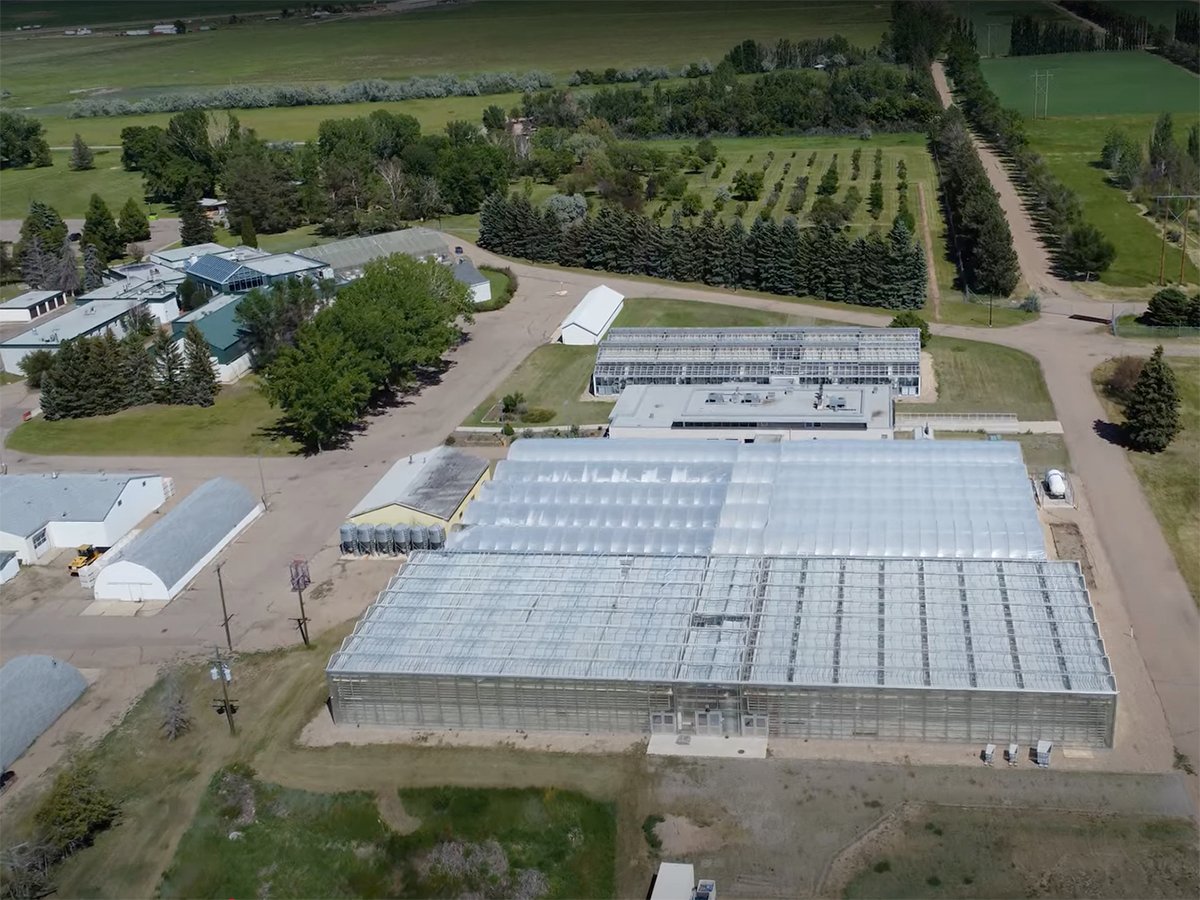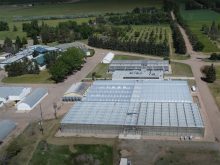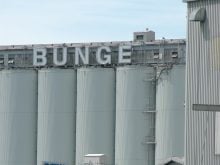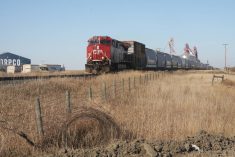A new plan to harvest trees on a provincial pasture near Duck Lake, Sask., might prove to be a model for getting greater value out of the resource.
A 20-year plan for sustainable harvest and reforestation for the Wingard Pasture is expected to begin at the end of the 2000 grazing season.
“Depending on the success of this undertaking, both the plan and the pasture may serve as a model for other pastures with significant timber stands,” said Peter Rempel, director of Saskatchewan Agriculture’s pastures branch.
Read Also

Alberta crop diversification centres receive funding
$5.2 million of provincial funding pumped into crop diversity research centres
The 8,250-acre Wingard Pasture is one of 56 provincial pastures and is located near the North Saskatchewan River northwest of Duck Lake. Its trees range in age from 60 to 105 years.
Almost two-thirds of the forested area consists of aspen and balsam poplar.
Extension forester Toso Bozic and woodlot extension specialist Bruce Lyle, both of the Farm Woodlot Association of Saskatchewan, conducted a detailed inventory of the forested areas.
“The plan will begin with four areas, which will be harvested and allowed to regenerate naturally,” said Floyd Shupe, manager of the Wingard Pasture.
Only the 35 Wingard patrons will be allowed to harvest trees for use on their farm or for sale.
“They all think the plan is a good idea,” Shupe said. “A few of them, in fact, had wanted to do this sort of thing awhile ago.”
Cattle numbers and grass quality won’t be affected because the trees aren’t being cleared to increase grazing land. However, stumpage and reforestation fees paid by patrons, which are fees required of harvesters on all crown land, will increase pasture income to ensure that it remains economically sustainable.
Other goals are to minimize reforestation input costs by encouraging natural regeneration, maintain a timber resource to help support the diversity of the local economy, and to educate pasture managers about forest management.
Because most of the timber is old or nearly mature, Lyle said the plan also aims to diversify the age class structure of the forest, which will take 20 years.
“Hundreds of acres of timber and wildlife habitat can now be managed, rather than become severely degraded, destroyed or left to gradually deteriorate,” said Lyle.














